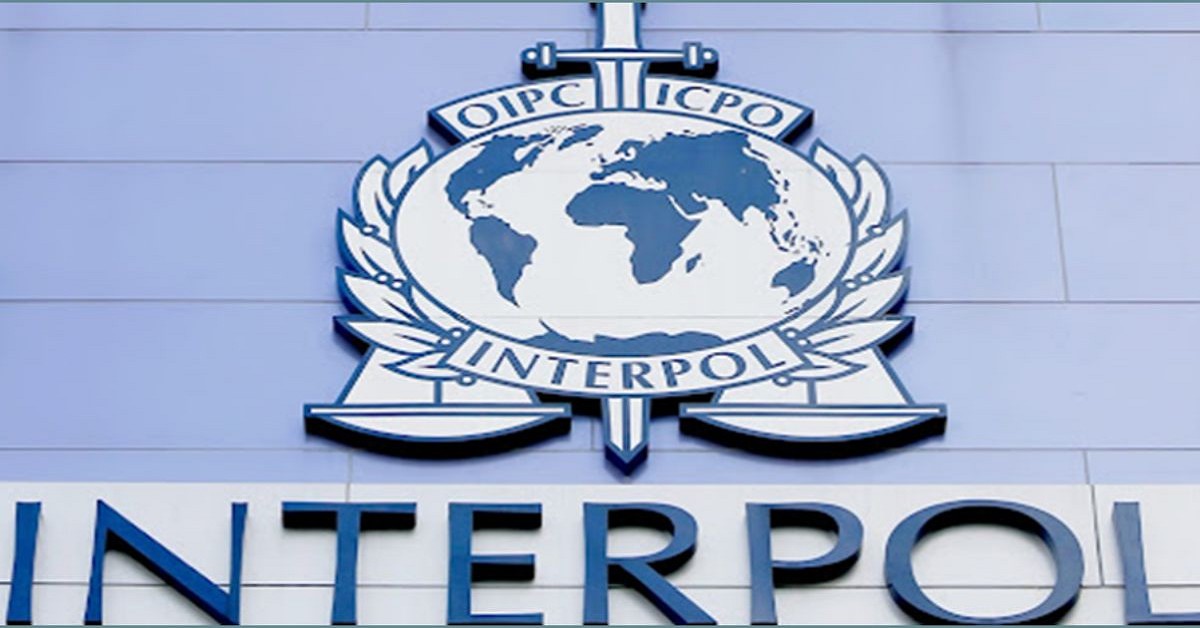
The Rise of the Russian Mafia: A Historical Perspective
The rise of the Russian Mafia is a phenomenon rooted in the socio-political upheavals of the late 20th century, particularly following the dissolution of the Soviet Union. As the state’s grip on the society weakened, various forms of organized crime began to flourish. To understand the emergence of this criminal network, we must first delve into the historical context that birthed it. For a deeper look, refer to this insightful article on the rise of the Russian mafia brewminate.com/bratva-the-emergence-and-growth-of-the-russian-mafia/.
The Historical Context
The Russian Mafia, often referred to as “Bratva” (meaning “Brotherhood” in Russian), traces its roots back to the early 20th century. However, it was not until the 1990s that the organization blossomed into a significant force in Russia and beyond. The collapse of the Soviet Union in 1991 created a power vacuum that facilitated the rise of various criminal organizations. The transition from a state-controlled economy to a market-driven one led to rampant corruption, economic instability, and widespread poverty, all of which the Mafia exploited.
Formation and Structure
The structure of the Russian Mafia is complex and decentralized. Unlike some criminal organizations that operate under a strict hierarchy, the Russian Mafia comprises various groups and clans, each with its own leader, operations, and territories. This fragmented structure allows for both autonomy and a degree of solidarity among different factions, which has been crucial for the Mafia’s resilience and adaptability.
Cultural Influence

The Russian Mafia is not just an organization of criminals; it embodies a cultural phenomenon that reflects the values and struggles of Russian society. The influence of criminal culture is evident in arts, media, and even politics. Many individuals in leadership positions have ties to organized crime, blurring the line between the legitimate and the illicit. This intertwining has led to a unique cultural landscape that glorifies the Mafia in local narratives while simultaneously keeping their operations shrouded in secrecy.
The 1990s: A Decade of Violence and Expansion
The 1990s marked a volatile period for the Russian Mafia as it expanded its influence internationally. The chaotic economic landscape led to violent turf wars between rival factions as they fought for control over lucrative enterprises. The assassination of notable figures became commonplace, exemplifying the lengths to which these organizations would go to establish dominance. During this era, the Mafia transitioned from traditional forms of extortion to more sophisticated operations, including money laundering, arms trafficking, and drug smuggling.
Internationalization
As the Russian Mafia gained power, it began to establish connections with other international criminal organizations. The global wave of organized crime in the late 20th century provided opportunities for collaboration and expansion. The Mafia’s extensive networks facilitated the establishment of operations in Western Europe, the United States, and beyond. Their willingness to engage in illicit activities across borders made them formidable adversaries for law enforcement agencies worldwide.
Modern Era: Adaptation and Survival
In the 21st century, the Russian Mafia has continued to adapt to changing societal conditions and law enforcement tactics. Increased global scrutiny and crackdowns have forced these organizations to operate more covertly, using technology and intricate methods to conceal their activities. The rise of cybercrime has opened up new avenues for exploitation, allowing the Mafia to engage in hacking, identity theft, and online fraud. Additionally, the political environment in Russia has also impacted the Mafia’s operations, with government corruption providing both barriers and opportunities.
Conclusion
The rise of the Russian Mafia is a complex narrative that intertwines with the socio-political history of Russia. It reflects the struggles of a society in transition and the opportunistic nature of organized crime. As we approach the future, the persistence of the Russian Mafia highlights the challenges criminal justice systems face worldwide. Understanding its origins and evolution is crucial for developing effective strategies to combat organized crime and ensure the rule of law prevails.
